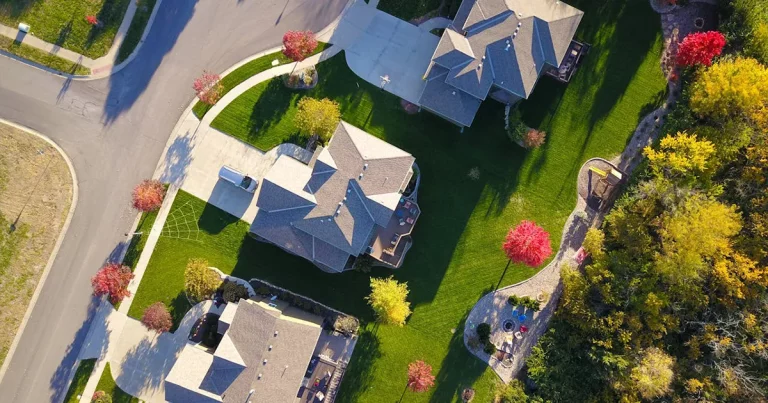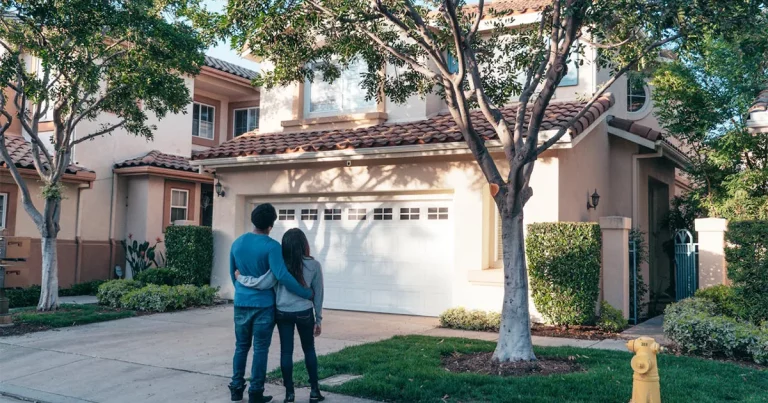Here’s a step-by-step of how to handle filing disaster claims after the quake:
Step 1: Assess damage & document everything
- Immediately after the quake, take photos and video of all visible damage to your home, structure, foundation, walls, flooring, ceilings, windows, roof, and personal property.
- Keep records of any temporary repairs (e.g., boarding up broken windows) and receipts for costs incurred.
- Note whether your home is still safe to inhabit — if it’s not, start thinking of temporary housing.
Step 2: Review your insurance policy
- Check your homeowners insurance policy. Does it explicitly exclude earthquake damage? In California, most standard policies do.
- If you purchased a separate earthquake insurance policy (for example from the California Earthquake Authority (CEA) via your insurer), check the deductible (often 5-25% of dwelling coverage) and coverage limits.
- If you rent or own a condo: check whether your landlord’s or HOA’s coverage applies — often it doesn’t cover your interior contents or living-expenses after a quake.

Step 3: Notify your insurer promptly
- Contact your insurance agent or the insurance company as soon as you can. Early notification helps show you’re proactive, and may speed up the disaster claims process.
- Ask: What specific documentation do they require? How will they inspect the damage? What is the claim-number/process?
- Even if you don’t have quake coverage, call and ask — there may be limited coverage for fire caused by an earthquake, or you might qualify for other disaster assistance later.
Step 4: File the disaster claims with full documentation
- Submit your claim with the insurer. Provide the photos, videos, receipts, and any professional inspection reports you may have (for example structural engineers).
- Make sure you keep copies of everything, and send via a method you can track (certified mail or electronic submission with confirmation).
- Be aware of your deductible: for earthquake insurance in California, you may be responsible for a large percentage before the insurer pays out — for example a 15% dwelling deductible on a $500,000 home means you’re responsible for the first $75,000.
Step 5: Temporary housing / loss of use
- If your home is uninhabitable, check if your policy has a “Loss of Use” or “Additional Living Expenses” clause. Many earthquake insurance policies via CEA or its partners include this, with no separate deductible.
- Save receipts for hotel stays, food, storage, and moving costs. These may be part of your disaster claims.
Step 6: Work with the adjuster, monitor progress
- The insurance company will likely send an adjuster to evaluate damage. Be present if you can, ask questions, and keep track of their report.
- If you disagree with their estimate, you may get a second opinion (structural engineer or contractor) to support your claim.
- Stay in communication: ask for a timeline (when will repairs start? when will payout happen?). Delays happen, but staying proactive helps.

Step 7: Repairs and payout
- Once your disaster claims are approved, you’ll receive a payout or payments in phases (often initial payment then more after repairs).
- Use qualified contractors and keep invoices. If you’ve done temporary repair, you may need to subtract those costs from final reimbursement.
- You may also be required to bring parts of your house up to current building codes (especially in San Francisco) which may increase your cost. Check your policy for “building code upgrade” coverage.
Step 8: Review future protection
- After the immediate crisis, consider retrofitting your home (foundation bolting, securing water heaters, reinforcing walls) to reduce risk and possibly reduce future premiums.
- Meet with your insurance agent to review whether earthquake insurance makes sense for you given your home’s age, location, value, and your risk comfort level.
Common Questions about Disaster Claims in San Francisco
Q: If I don’t have earthquake insurance, can I still file a disaster claim?
Yes — you can file a claim under your homeowners policy, but in most cases that policy won’t cover quake-damage (unless broken‐glass or fire caused by quake is explicitly included). Many homeowners in California mistakenly believe they are covered when they are not.
Q: Are deductibles for earthquake insurance higher than normal?
Yes — earthquake policy deductibles are usually a percentage of your dwelling coverage (5% to 25%) rather than a flat amount. Example: a 15% deductible on a $500,000 dwelling means you pay the first $75,000 in damage.
Q: How many homeowners in California actually buy earthquake insurance?
Only a small fraction. For example, in 2019 only about 14% of residential policyholders had earthquake coverage in California.
Q: Does the California Earthquake Authority (CEA) handle my disaster claims?
If you have a CEA-backed policy (sold through your insurer), then yes the CEA sets standards and works with participating insurers. But your claim still goes through your insurer and adjuster.
Q: Will disaster claims cover everything?
No — earthquake policies have limits. They may exclude land movement, pools, landscaping, or require you to bring your home up to certain retrofitting standards. Read your policy carefully.
Key Takeaways
- If you live in San Francisco and just went through an earthquake, filing disaster claims is essential if you suffered damage.
- Standard homeowners insurance probably doesn’t cover quake damage — you need specific earthquake insurance or other arrangements.
- Document damage immediately, contact your insurer, file the claim, and meet the deductible requirements.
- Temporary housing costs and code upgrades may be covered, but only if your policy includes them.
- Afterwards, consider retrofitting and reviewing your coverage so you are better protected next time.






